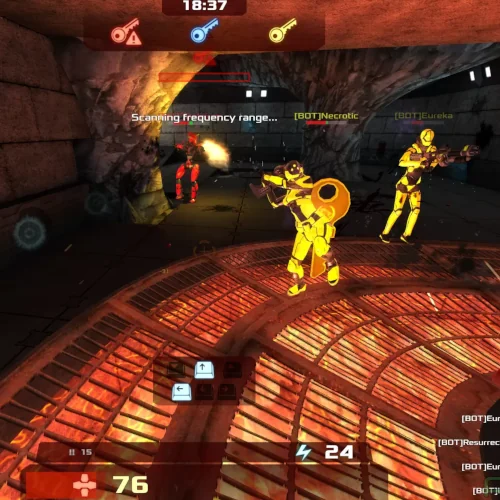Unity Dropping DirectX/Direct3D 9 Support

Unity is dropping D3D9 support due to "diminishing hardware numbers and the loss of platform support from Microsoft." It will be interesting to see if other game engines also begin moving in the direction of dropping Direct3D 9 support. I mention this news on Phoronix just for a few reasons:
- Those relying upon Wine to run Unity games on Linux that lack native ports will now to use Wine's less-vetted D3D11 support if the Unity game doesn't have OpenGL or Vulkan support enabled.
- It's also possible it will hurt the performance for those using Wine if you were relying upon the Gallium3D "Nine" state tracker for greater performance. Then again, if the games are moving to Unity 2017.3, hopefully the developers are considering at least native Linux builds. Will we see less Gallium Nine work as more game engines stop supporting D3D9 or are there enough classic games out there to keep interest in this state tracker? Perhaps we'll see a new (there once was the poorly implemented effort) Gallium3D 10/11 state tracker?
- For game developers still wanting to target Windows XP support, this leaves them to only using OpenGL with D3D11 not being available for XP. So this may still work out fine for Wine users. Or more broadly, if more game engines begin dropping D3D9 support, hopefully they will be considering OpenGL or Vulkan more seriously in order to target the broadest possible hardware/user base.
- While there still is plenty of existing software out there using D3D9 and not likely to see updates to D3D9-less engines, it does beg to question how lively VK9 and similar efforts will be moving forward if there remains enough interest by community developers.
Those wanting to read about Unity's deprecation of DirectX 9 can find the details via today's blog post. Feel free to discuss in our forums the merits of the points above.
22 Comments

